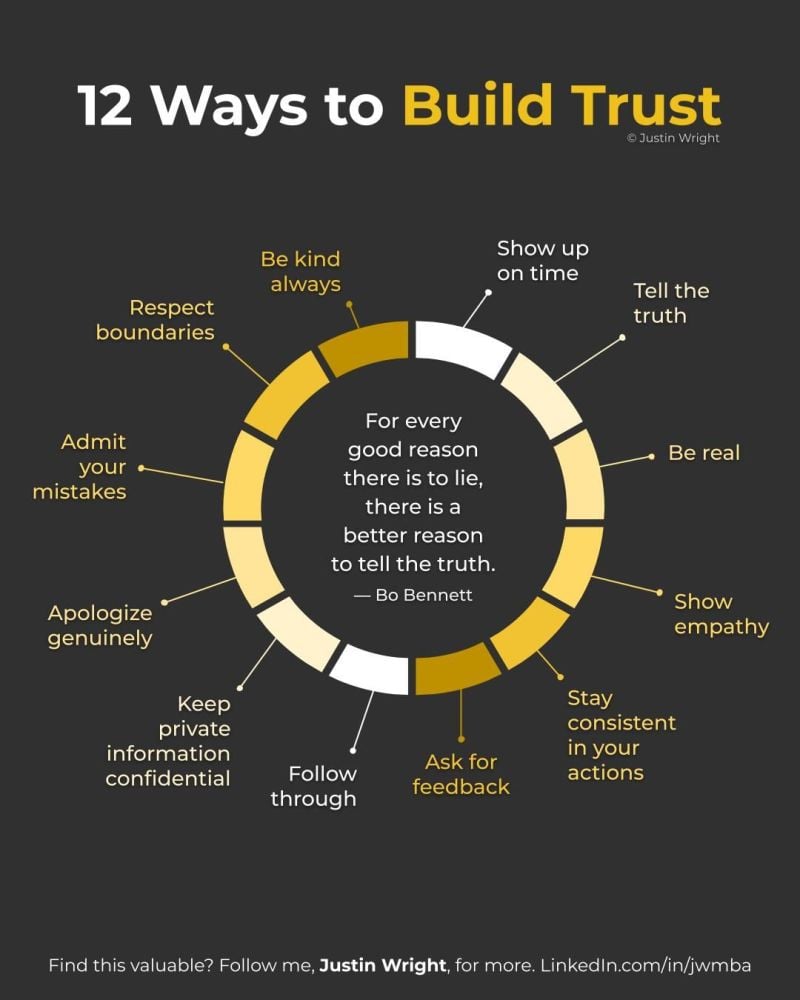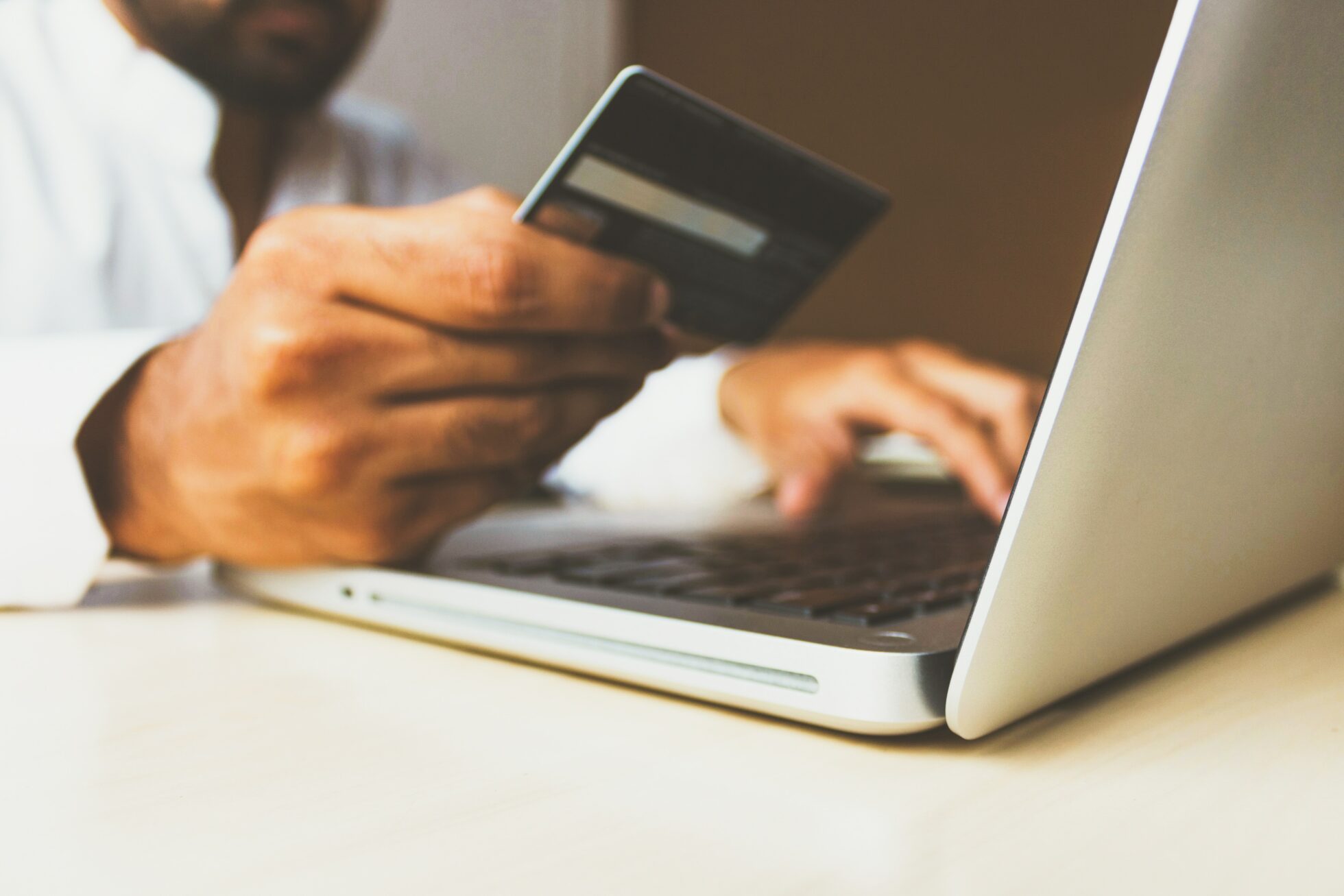“Would you like to Supersize that?” Though not commonly heard today, this phrase is one of history’s most iconic examples of upselling.
Upselling is more than just an attempt to make a sale; it’s an art form that can significantly enhance a business’s revenue. In fact, on average, the revenue of a business can increase by 10-30% when upselling is consistently employed. Furthermore, 70-95% of a business’s revenue is generated from renewals, repurchases, and upsells, overshadowing the contributions of first-time purchases.
Understanding and implementing upselling is indispensable if you’re in the sales arena or lead a sales team. Ultimately, if you want to do well in business it’s a skill worth knowing.
Upselling Definition
Upselling is the practice where a seller encourages the customer to purchase more expensive items, upgrades, or add-ons, aiming to enhance the value of the sale. Beyond pushing products, upselling should always focus on delivering additional value that complements the buyer’s primary purchase. Its significance lies in its potential to deepen customer trust, amplify business revenues, and streamline sales. In essence, it’s about striking a balance: achieving business objectives while maintaining customer satisfaction.
The Triple Benefit of Upselling
Salesperson: Upselling is more than just selling; it’s about amplifying value. When executed correctly, the salesperson boosts their confidence and builds a lasting rapport with the customer, leading to increased job satisfaction.
Customer: A well-executed upsell ensures customers receive the best value for their money, introducing them to products or services that genuinely enhance their initial purchase.
Business: Upselling is a cost-effective revenue booster, eliminating the need for new customer acquisition. A proficient upselling strategy leads to heightened customer loyalty, augmented transaction values, and sustainable growth.
The Ethics of Upselling aka Doing It Right
Ethical upselling is paramount. The primary goal should be to offer genuine value to the customer, not merely inflate sales numbers. For instance, suggesting an essential software upgrade to a customer can be ethical, while pushing unnecessary add-ons might not be.
At its core, ethical upselling prioritizes the needs and desires of the customer, aiming to establish a win-win scenario where both the customer and the business benefit.
There is a risk when mentioning upselling of it being perceived negatively – both internally and to customers. Some customers are wary of the practice, associating it with aggressive sales tactics or attempts to manipulate them into spending more than they initially intended. However, this doesn’t have to be the case. With the right approach, upselling can be a seamless and beneficial experience for both the customer and the business.
The Psychology of Upselling

At the heart of effective upselling lies an understanding of human psychology. How customers make purchasing decisions is deeply rooted in cognitive processes and external sociological influences. By tapping into these principles, salespeople can be more persuasive and foster a deeper connection with their clientele.
Psychological Principles that Influence Upselling:
Reciprocity: Humans have an innate desire to return favors. By offering something of value first, like insightful advice or a slight discount, customers might feel more inclined to consider an upsell.
Commitment and Consistency: Once someone commits to a small action (like an initial purchase), they’re more likely to stay consistent by accepting an upsell.
Social Proof: Customers are influenced by what others are doing. Displaying testimonials or showing that an upsell is a popular choice can be persuasive.
Sociological Cultural and Social Factors
Cultural nuances can significantly affect purchasing decisions. In some cultures, for instance, aggressive upselling might be seen as disrespectful, while it’s a sign of enthusiasm in others. Recognizing and adapting to these differences is paramount in global business contexts.
Additionally, societal norms, peer pressure, and the desire to belong can play a role in upselling. If an upsell can position customers within a desired social group or status, they might be more inclined to purchase. This is often used in offering sales clubs and member loyalty tiering, encouraging individuals to purchase more to push themselves into bands where they get free perks and incentives.
Applying Psychology to Enhance Connection and Trust
Building trust is essential in any sales process. To leverage the principles of psychology effectively in order to generate good upsella activities a salesperson should:
- Listen Actively: Understand the customer’s needs and tailor your upselling approach accordingly.
- Position the Upsell as a Solution: Frame the upsell as a solution to a problem the customer might be experiencing.
- Be Transparent: Transparency fosters trust and always be upfront about costs and benefits.
In essence, understanding and applying the tenets of psychology and sociology to the upselling process doesn’t only improve sales figures; it deepens businesses’ connection with their clientele, fostering lasting relationships and trust.
Avoiding Common Pitfalls in Upselling
- Over-pushing: One of the common mistakes salespeople make is being too aggressive. It’s essential to read the customer’s cues. If they seem hesitant or disinterested, there might be a better time for an upsell.
- Lack of Relevance: Upselling should always be relevant to the customer’s needs. Offering a product or service that doesn’t align with their initial purchase or interest can come off as opportunistic rather than helpful.
- Ignoring Customer Feedback: If a customer expresses that they’re not interested in the upsell, it’s essential to respect their decision and not push further. Ignoring their feedback can lead to discomfort and damage the rapport.
Strategies for Effective Upselling
- Build Trust First: Before even thinking about upselling, it’s crucial to establish trust with the customer. This can be achieved by being transparent, listening actively, and demonstrating that you understand their needs.
- Offer Real Value: Always ensure the upsell adds genuine value to the customer’s purchase. This can be an additional feature, an extended warranty, or a complementary product.
- Educate, Don’t Just Sell: Instead of listing the benefits, educate the customer on how the upsell can address their needs or pain points. By focusing on education, you position yourself as a helpful guide rather than just a salesperson.
- Use Testimonials and Reviews: Sometimes, it’s more convincing for customers to hear about the benefits of an upsell from their peers. Sharing testimonials or reviews about the product or service you’re upselling can lend credibility to your pitch.
The Power of Video Call Recordings In Upselling
Video call recordings are tools that can really help to boost sales performance, providing a transparent view of customer-seller interactions and paving the way for introspection and enhancement.
For the Salesperson: Reviewing these recordings allows sales representatives to critique their pitches, comprehend moments of hesitation, and pinpoint areas of potential improvement. It’s an opportunity to grasp the intricacies of interaction, persuasion subtleties, and the essence of genuine value provision.
For the Management: These recordings are a reservoir of actionable data. Recognizing effective upselling techniques and identifying improvement areas can help craft targeted sales training programs to elevate sales performance consistently.
For the Business: Patterns derived from numerous call analyses can spotlight the most effective upselling techniques. This data-driven approach ensures businesses adapt and evolve, continually refining their upselling strategies for maximum impact.
In the digital era, where “Practice makes perfect” evolves to “Practice with insight makes perfect,” businesses must integrate traditional sales wisdom with contemporary tools like video call recordings. By doing so, they open doors to deeper connections, more persuasive pitches, and heightened conversions.
Balance - Upselling Without Overstepping
Every seasoned salesperson understands the delicate balance required in upselling. Stray too far, and one risks alienating the customer; be too subtle, and the opportunity slips away. Video call recordings are instrumental in striking this balance. By replaying interactions, one can gauge the precise moment a customer’s demeanor changes – capturing comfort levels and hesitations.
These recordings, mainly when summarized by tools like tl;dv, give sales and customer success teams a goldmine of data. They can recognize patterns, discern when they might be veering into over-pushing territory, and pivot strategies to ensure a customer-centric upselling approach. The goal is clear: create a seamless experience where upselling feels like a genuine attempt to add value, not just a sales push.
Upselling is a Win-Win-Win
In today’s world, upselling isn’t just about old-school sales tricks. It’s about blending these techniques with new tools, like video call recordings or platforms such as tl;dv. Tapping into tl;dv with your teams while harnessing these tactics can be a real game-changer, setting the stage for unparalleled growth. By utilizing tl;dv, businesses can find golden nuggets of insight that boost sales and strengthen ties with customers. The endgame? An upselling scene where everyone wins: the salesperson, the customer, and the business. So, let’s see upselling not just as a sales move, but as a team effort to drive real value and shared success.
BONUS: 10 Things to Notice, Say, or Do to Upsell Successfully
- Notice Customer Needs: Listen actively and identify cues from the customer’s statements or questions that hint at a broader requirement or desire.
- Use Open-ended Questions: Instead of asking, “Do you need X?” pose questions like “How do you feel about adding X to enhance your experience?”
- Highlight Value, Not Price: Emphasize the benefits and value the upsell brings the customer. “While this is a step up in price, the benefits you receive are A, B, and C.”
- Use Comparative Demonstrations: Show the customer a side-by-side comparison of products or services to demonstrate the upsell’s advantages visually.
- Offer Exclusive Deals: Mention limited-time offers or bundle deals, “If you upgrade now, we offer a 10% discount or an additional service for free.”
- Leverage Testimonials: Share stories or feedback from other customers. “Many of our clients found that by choosing this option, they saved time/money in the long run.”
- Notice Buying Signals: Be attentive to verbal and non-verbal cues. If a customer lingers on a product or service, asks detailed questions, or mentions a future need, these are potential upselling moments.
- Create a Sense of Urgency: Statements like “This is our best-selling item” or “We only have a few left at this exclusive price” can prompt decisive action. HOWEVER, make sure that these are honest and not false timescales.
- Reassure with Guarantees: Alleviate any purchase hesitations by offering satisfaction guarantees or easy return policies.
- Follow-up After the Sale: Reach out after the initial purchase to ensure satisfaction and introduce complementary products or services. A simple “How is everything with your recent purchase? By the way, many customers found X to be a great addition” can lead to further sales.





